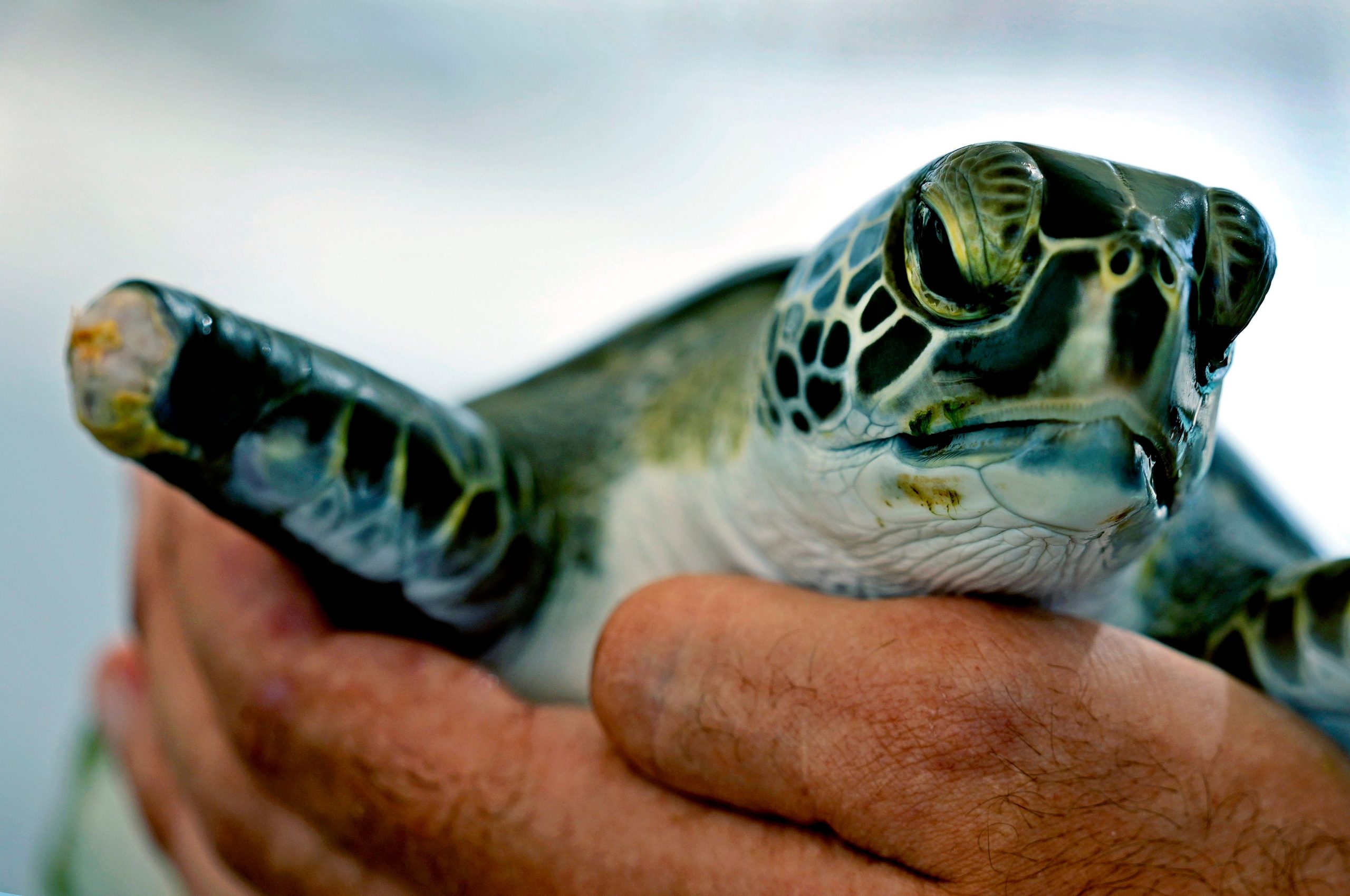According to a recent study, climate change is causing more of Florida’s sea turtles to become female, potentially endangering the species’ survival.
Sex chromosomes have no bearing on whether a sea turtle develops into a male or female. Although they live the majority of their lives in the ocean, sea turtles visit beaches all over the world to lay their eggs in the sand. The temperature of the sand used to incubate the eggs then determines the sex of a growing embryo.
Also Read| International Cat Day: All you need to know
The National Ocean Service claims that a sea turtle’s sex is determined by temperature. When it is below 27C, a turtle’s eggs develop into male hatchlings (82F).
If the eggs are incubated above 31 degrees Celsius, the hatchlings will be female (89F). In climates that fluctuate between the two extremes, a mix of male and female young turtles will be produced.
The likelihood of female hatchlings increases as the temperature of the eggs rises. The recent sharp rise in temperatures caused by global warming, on the other hand, has resulted in a significant sex ratio imbalance among sea turtles.
According to CNN, the increase in female young turtles is due to extreme heatwaves caused by a growing climate crisis, which is dramatically warming the sands on some beaches.
“The frightening thing is that the last four summers in Florida have been the hottest summers on record. Scientists that are studying sea turtle hatchlings and eggs have found no boy sea turtles, so only female sea turtles for the past four years,” Bette Zirkelbach, manager of the Turtle Hospital in Marathon, Florida Keys, told Reuters.
Also Read| Polish institute classifies cats as alien invasive species
A scientist from South Florida only observed female hatchlings in seven of the previous ten years, according to a Miami Herald article from 2019.
Other parts of the world have reported experiencing similar results. A 2018 study found that female turtle populations in Australia’s Great Barrier Reef ranged from 65 to 69 percent in cooler reef areas compared to upwards of 90 percent in warmer beaches.
This process is referred to as “feminization,” and some scientists worry that as the climate crisis raises temperatures even higher, it could pose a long-term threat to sea turtle populations. This is so that the species can reproduce, which depends on both males and females.
Also Read| Furious snow leopard growls at photographers camera, see photo
Other reptiles with temperature-dependent sex differentiation in their eggs, like alligators, also experience this problem.
In addition to rising temperatures, other climate-related threats to sea turtles include sea level rise and powerful hurricanes that can harm their coastal nesting grounds.







